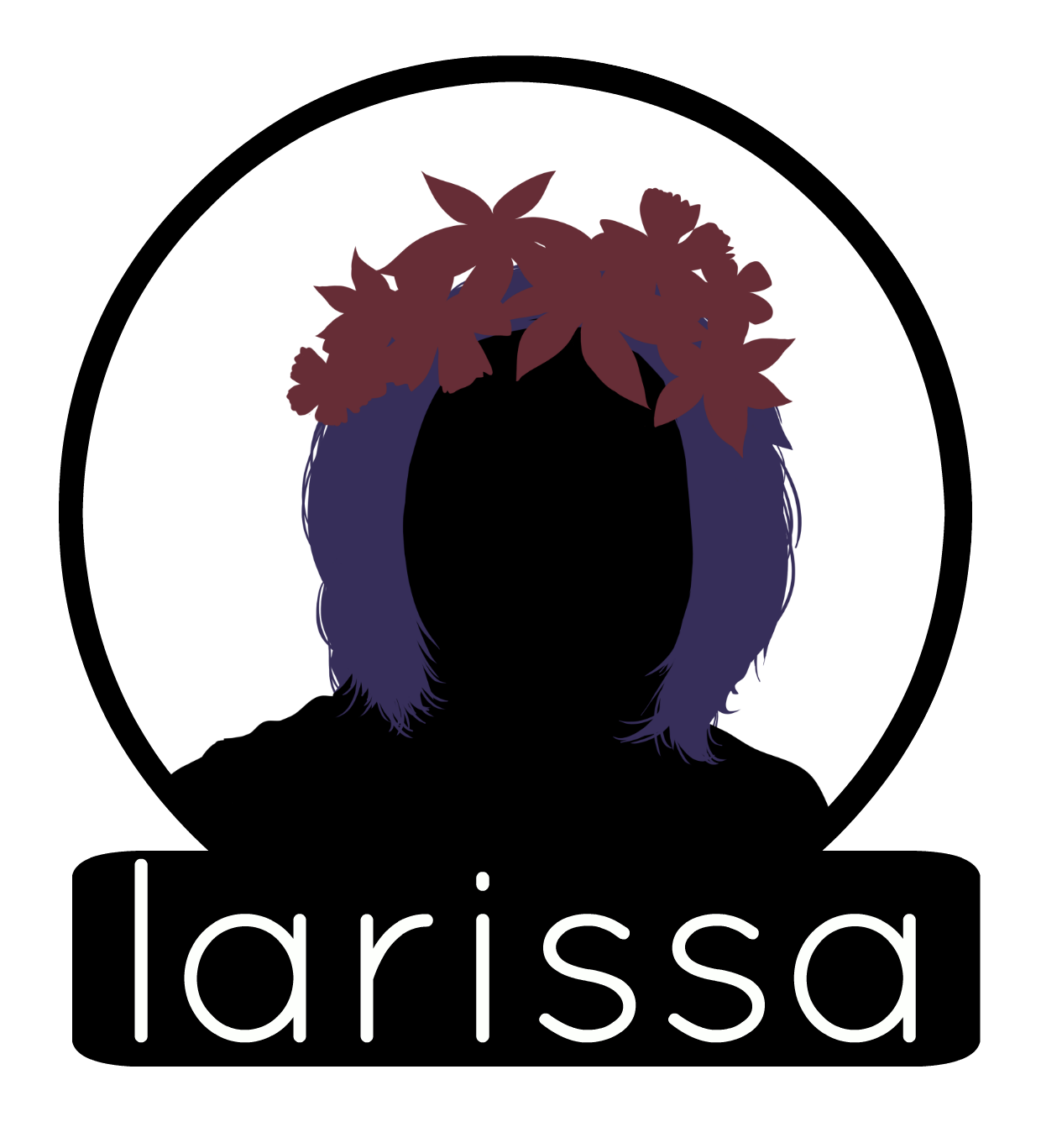We are continuing our Tomb Raider mythology series, and focusing on the years that Crystal Dynamics took over. This includes Tomb Raider: Legend to Rise of the Tomb Raider.
(Warning: Potential Spoilers for the new Tomb Raider games)
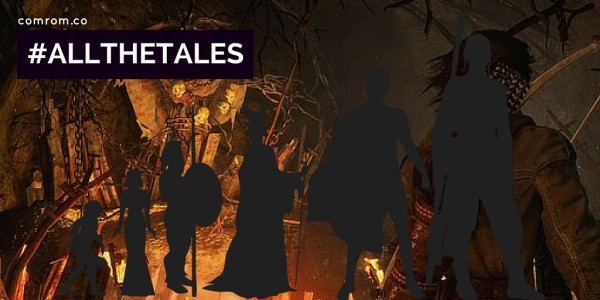
Tomb Raider Mythology: The Crystal Dynamics Years
Tomb Raider: Legend – Dais, Arthurian Myth
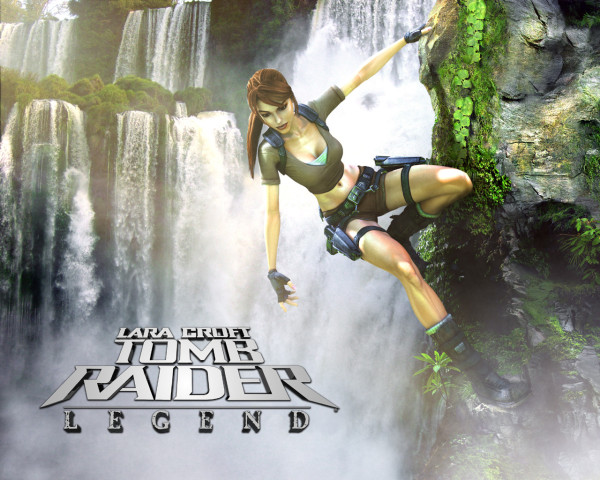
In TR: Legend, young Lara discovers an ancient device called Dais together with her mother in Nepal. She activates the device by accident and as a result her mother vanishes. Sword-like artifacts activate these devices and Lara sets off to find more of the Daises and more of the swords to eventually locate her long lost mother. She believes her to be in the mythical Land of Avalon, King Arthur’s final resting place and a legendary island in a different dimension.
She learns of several sword pieces that she promptly plans to collect. Eventually, she uncovers that the fragments she’s been collecting belong to the one and only Excalibur, King Arthur’s Sword from legend. In a fun twist, she actually discovers King Arthur’s real tomb underneath a derelict “King Arthur Museum” where she also finds another Dais as well as the final piece of Excalibur.
When she leaves, she is attacked by a giant sea serpent. Sea serpents have been popular in myths around the world, two notable examples being some versions of The Loch Ness Monster and The Midgard Serpent from Norse mythology (see Tomb Raider: Underworld).
For Tomb Raider: Anniversary, see Part 1 of our post as Anniversary is a revamp of the original 1996 Tomb Raider
Tomb Raider: Underworld – Norse Mythology, Thrall, Kraken, Doppelgänger
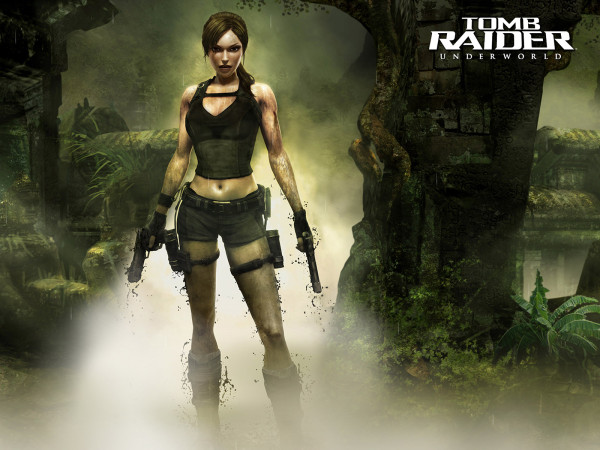
Underworld concentrates heavily on Norse mythology. On her continued quest to find her mother, Lara discovers traces of Norse architecture in diverse places. After some time, she suspects that her mother has been taken to one of the Norse realms by the Dais (see Tomb Raider: Legend).
At the bottom of the Mediterranean Sea, she discovers Niflheim, one of the nine realms in Norse mythology, as well as one of Thor’s gauntlets. In Thailand, she’s looking for the other gauntlet but discovers that her father has already taken it. Finally, she finds the second gauntlet in her own home. The gauntlets give her superhuman strength and are necessary to use Thor’s Hammer.
(Related: our post about World of Warcraft Wrath of the Lich King- COMING SOON!)
In Mexico, she opens the Mayan underworld Xibalba that bears another secret: Thor’s Belt. It makes Lara even stronger and is the last item required to wield Thor’s Hammer. She also learns about Jörmungandr (The Midgard Serpent), a giant snake that holds the world together and Ragnarök, the end of the world brought about by Jörmungandr loosening its grip. “… Jörmungandr will come out of the ocean and poison the sky. Thor will kill Jörmungandr and then walk nine paces before falling dead, having been poisoned by the serpent’s venom.” (Sturluson, 2008:61-62)
Afterwards, on Jan Mayen Island, she locates Valhalla, a grand hall dedicated to dead warriors where they wait for their time to aid Odin in the battle of Ragnarök. 50% of those that die in combat travel to Valhalla, ruled by Odin, and the rest travel to Fólkvangr, ruled by Freya. There, Lara eventually retrieves Thor’s Hammer Mjölnir, a weapon capable of levelling mountains and designed to kill the Midgard Serpent.

Finally, she enters the Norse underworld Helheim at the bottom of the Arctic Sea. Helheim is the place where the dead go that don’t find a place in Valhalla or Fólkvangr. In contrast to its portrayal in Underworld, Helheim is not a hellish place where souls are tortured like in Christian hell, but simply the realm of the dead. Here, Lara also finds her mother who has been turned into a thrall. The in-game explanation given is that all mythologies refer back to the same ancient places, so Avalon is the same place as Helheim.
On her way, Lara encounters several legendary creatures such as a Kraken, a legendary sea monster haunting the seas of Norway. She also fights Thralls, “creatures born from the Eitr, the fluid of life.” (wikiraider.com). Thralls were a type of slave to the Norse but had no magical properties like they do in the game. Finally, she faces her biggest enemy: herself. An intelligent doppelgänger, intent on killing Lara. Doppelgängers are usually seen as a bad omen in folklore and this was surely a bad omen for Lara!
Tomb Raider (2013) – Yamatai & Himiko, Oni (Stormguard)
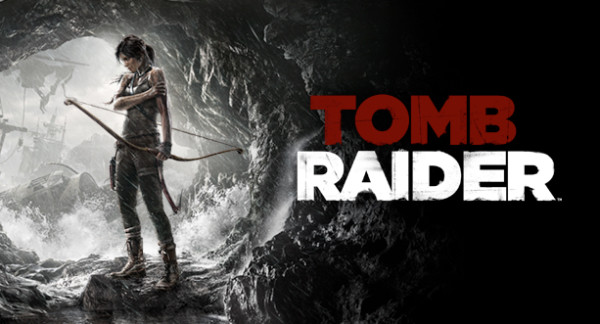
In the Tomb Raider reboot, Lara is stranded on a mysterious island – Yamatai. In real life, Yamatai was a country believed to be located in ancient Wa (Japan), even though its exact location is disputed. It is said to be ruled by Priest-Queen Himiko, who most likely actually existed! This “Sun Queen” is the main antagonist in the Tomb Raider reboot. She is portrayed as a shamanistic being that achieved immortality by possessing the bodies of her successors. She also has great power over the weather, being able to conjure up storms whenever someone tries to leave the island or comes close to it.
Her Stormguard, skilled samurai warriors, played a major part in her ability to conquer the lands of Yamatai. They were cursed with Himiko when her last successor killed herself and her soul got trapped in a mummified body. They are still protecting their queen when Lara arrives.
The Stormguard are also known as Oni, who are popular in Japanese art, theatre and literature and are usually represented as demons, devils, ogres or trolls. Often, these creatures are depicted as mostly humanoid with horns growing out of their heads. This has been implemented into the game by giving the ogre-like warriors horned helmets as part of their ancient armour.
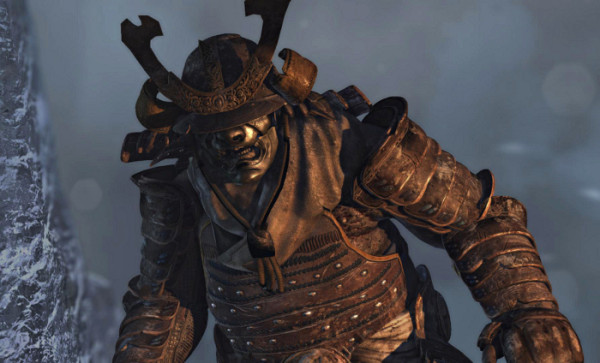
Rise of the Tomb Raider – Slavic Mythos: Koschei the Deathless, Baba Yaga, Kitzeh (Russian Atlantis)

I’ve done most of classic Tomb Raider but took on Rise of the Tomb Raider since Larissa hasn’t had a chance to play it due to Xbox’s timed exclusive. Though, by the end of the year, she should be able to play!
Rise of the Tomb Raider is packed full of mythos but they take a different approach than the earlier games. The myths of Rise focus solely on Slavic mythos including Koschei the Deathless, Baba Yaga, Kitzeh (also known as the Russian Atlantis), and a twist on the messiah trope spread throughout history, religions, myths, and literature.
The messiah archetype is found in a lot of ancient myths, as well as religions, and is even a huge part of storytelling today. This particular trope isn’t one I am going to delve too far into because I think it is common enough that we know what it is.
However, I will focus on Koschei, Baba Yaga, and Kitzeh. Baba Yaga has yet to make it into Rise’s story but is being released soon (may even be released before this is posted). Baba Yaga is a witch in old Slavic mythos and is often a main part of various Russian fairy tales. She is neither entirely evil nor entirely good, but the majority of pop culture has adopted her as an evil character.
She is described as deformed, and living deep inside spooky forests, which makes people consider her bad. But she is really ambiguous and you never know just what she will do in a story. I am excited to see how she plays out in the DLC (downloadable content) for Rise and if she turns out evil, good, or neither.
Now, Koschei is another influence for the prophet as he is “deathless.” Unlike the prophet, however, Koschei is a horrible, evil man who hides his soul away in a duck egg, which is placed in the womb of a living duck, and that duck is hidden in a hare which is then placed in a chest of iron. That chest is then buried under an oak tree. Basically, good luck finding it if you want to kill Koschei! The game generalizes this myth and it is explored differently as you progress through the game.
And what about Kitzeh? This is a mysterious island that is beyond difficult to locate. And it is believed to have sunk beneath a lake or glacier much like Atlantis sinking beneath the waves of the Atlantic. This lost city is said to be the key to immortality and is featured often in Slavic lore. Its overall story ties in similarly with Atlantis showing just how weirdly connected the world’s myths truly are.
Check Out Part 1 in Our Tomb Raider Mythology Series!
Have YOU Played Any of the Newer Tomb Raider Games?

